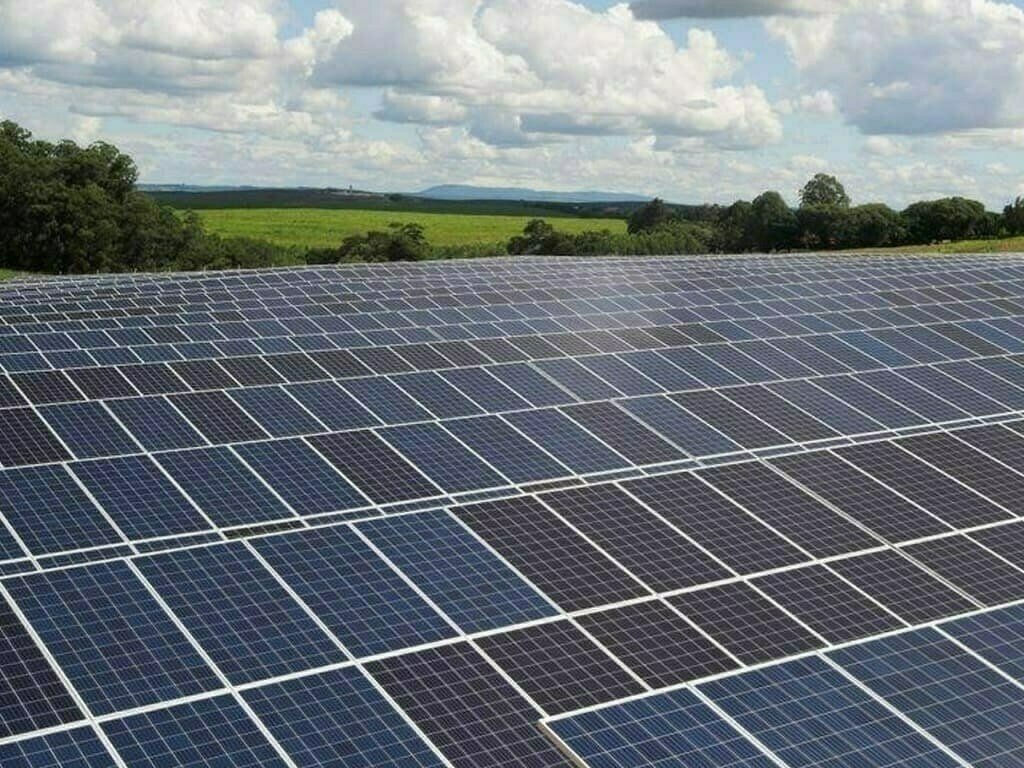ISLAMABAD: Power Division officials informed the visiting IMF mission that electricity consumers pay Rs800 billion annually in taxes, adding Rs8 per unit to bills. They suggested that reducing these taxes could lower tariffs by Rs8 per unit. However, a complete removal of taxes isn’t feasible. A reduction of Rs100-200 billion in taxes could provide some relief, lowering tariffs by Rs1-2 per unit. They recommended expanding the tax base to include retailers, real estate, and agriculture sectors.
The 17% General Sales Tax (GST), contributing Rs600 billion from electricity bills, cannot be removed. Other taxes amounting to Rs100-200 billion could be eliminated from the bills.
Prime Minister Shehbaz Sharif has been briefed on the significant impact of these taxes on electricity tariffs. The current power sector is described as unsustainable, unreliable, and unaffordable, necessitating reforms to ensure affordable electricity.
Consumers pay various taxes, including Electricity Duty (1-1.5%), 17% GST, PTV license fees (Rs35 for domestic and Rs60 for commercial), and various surcharges and taxes based on consumption and registration status.
Authorities are working on restructuring the power sector for maximum efficiency, aiming to reduce tariffs through these gains. Imported coal-based power plants will be converted to local Thar coal.
The IMF was informed that 1,938 MW of electricity has been added through rooftop solar systems under net metering, causing a revenue loss of Rs100 billion, shifting a Rs1.90 per unit tariff hike to non-solar consumers.
The government plans to introduce gross metering instead of net metering. Under the new policy, buy-back tariffs for solar consumers will be reduced to Rs7.5-11 per unit from the current Rs21. Consumers will pay Rs60 per unit during peak hours from the national grid.
Gross metering will compensate consumers at a fixed feed-in-tariff for all solar energy exported to the grid. Consumers will pay retail tariffs for power consumed from the grid. Total solar generation will be measured by a bi-directional meter, and total power import by a unidirectional meter.










